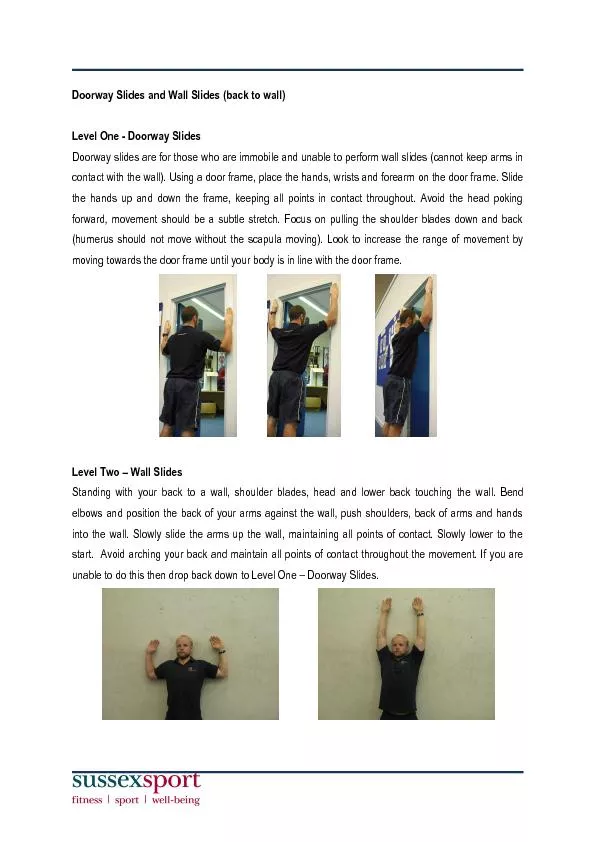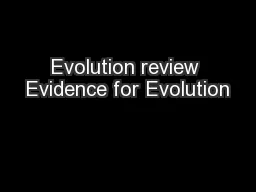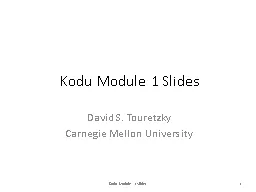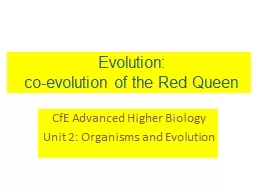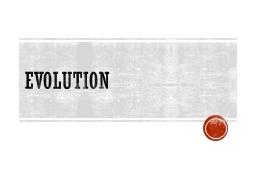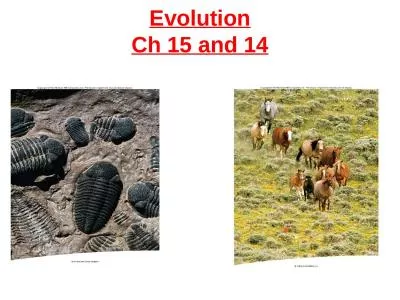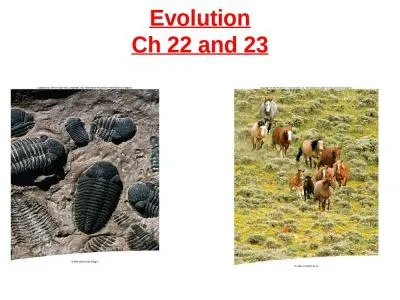PPT-EVOLUTION TEST REVIEW SLIDES
Author : calandra-battersby | Published Date : 2017-10-24
Test on Friday 407 TEST ON TUES 330 Variation in Species Lab All species have variation What are some variations you noticed in the size of Peas Grasshopper femurs
Presentation Embed Code
Download Presentation
Download Presentation The PPT/PDF document "EVOLUTION TEST REVIEW SLIDES" is the property of its rightful owner. Permission is granted to download and print the materials on this website for personal, non-commercial use only, and to display it on your personal computer provided you do not modify the materials and that you retain all copyright notices contained in the materials. By downloading content from our website, you accept the terms of this agreement.
EVOLUTION TEST REVIEW SLIDES: Transcript
Download Rules Of Document
"EVOLUTION TEST REVIEW SLIDES"The content belongs to its owner. You may download and print it for personal use, without modification, and keep all copyright notices. By downloading, you agree to these terms.
Related Documents


